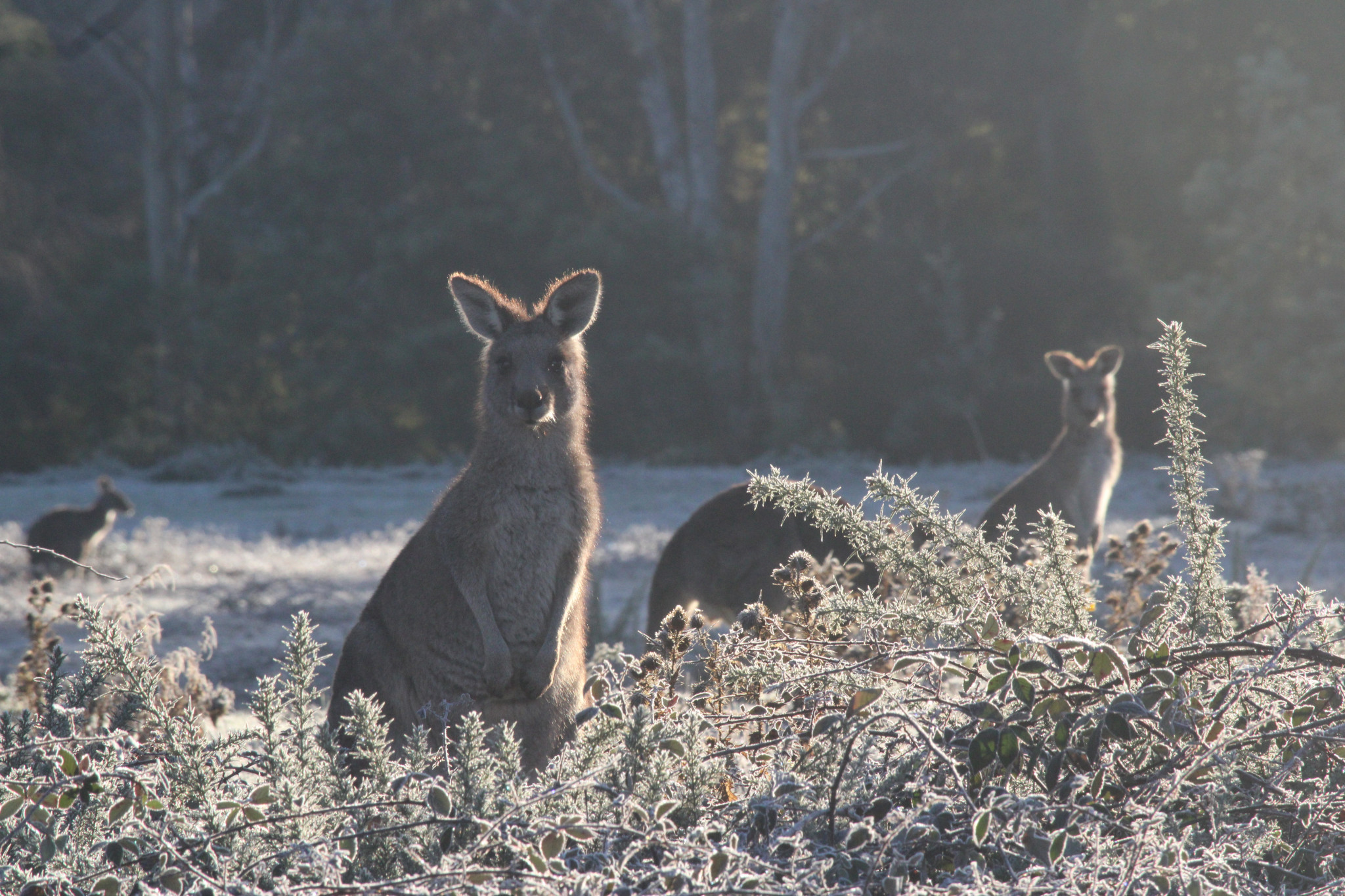General News
29 July, 2025
Kangaroo feed turns toxic, experts say
Australia’s iconic kangaroos are being poisoned by a drought-resistant grass which leads to drunken symptoms and sudden death.

Local community members are encouraged to learn the signs of phalaris staggers, caused by phalaris grass, which can harm livestock and increasingly wildlife.
According to Agriculture Victoria, the young growth of some phalaris grass species can become toxic to animals when the plant is under environmental stress such as frost or lack of water.
It’s meant the state’s kangaroos are feeling the squeeze, a Wildlife Victoria spokesperson explained, with cases steadily increasing to a “significant spike” this year.
“These incidents often increase during winter and periods of drought, as phalaris is a hardy grass that continues to thrive even when other grasses struggle to survive, forcing kangaroos to feed on it when food is scarce,” they said.
“Sadly, phalaris poisoning in kangaroos is rarely treatable, and most affected kangaroos need be euthanised.”
It’s a statewide issue with tragic local consequences, Central Goldfields Wildlife Rescue (CGWR) co-founder India Armstrong explained, with kangaroos suffering from phalaris toxicity in areas she hadn’t seen previously.
“Its been both financially and emotionally challenging,” she said.
“It definitely takes an emotional toll on us responding to properties where so many have required euthanasia or have already died from this introduced species of grass.”
These were kangaroos which showed the signs of phalaris toxicity: staggers, muscle tremors, un-coordinated movement, and in severe cases slow body movements, hunched over, and unable to move.
“As the toxicity causes loss of control over the nervous system and impairs brain receptors, it can be quite confronting seeing an animal so desperately trying to move,” Ms Armstrong said.
However, despite its impact, phalaris plays an important role for farmers who themselves are impacted by drought conditions.
According to Agriculture Victoria, while it’s targeted as a weed on public land its drought resistance makes it an important pasture feed on private land where the toxicity risk is managed.
“If phalaris toxicity is suspected, stock should be removed from the affected pasture immediately with care and should be provided supplementary feed if alternative safe paddocks are not available,” they said.
Although Ms Armstrong recognised why phalaris is used, she hopes the community will better understand its impact — perhaps even consider alternatives.
“Unfortunately phalaris is quite prominent in the region but I would definitely ask those in the community to be aware of the impacts this grass can have not only on kangaroos but also livestock,” she said.
“Things like buying phalaris hay or silage will be spreading the seeds and may introduce it into areas not previously effected.
“I would encourage those with crops to reconsider the use of phalaris.”
Agriculture Victoria, however, encouraged caution warning that removing the grass could increase grazing pressures and put livestock at risk, and the use of a chemical spray could create a new toxicity risk.
Ms Armstrong said the community can help by reporting any kangaroos they believe to be showing signs of phalaris staggers to CGWR.
“If you believe you have impaired kangaroos, please call them in and we can make a plan to monitor and assess whether they need human intervention,” she said.
“As we are finally getting winter grass coming through, it will hopefully be the end of our phalaris toxicity season soon, but animals may still be effected and require assistance or close monitoring.”